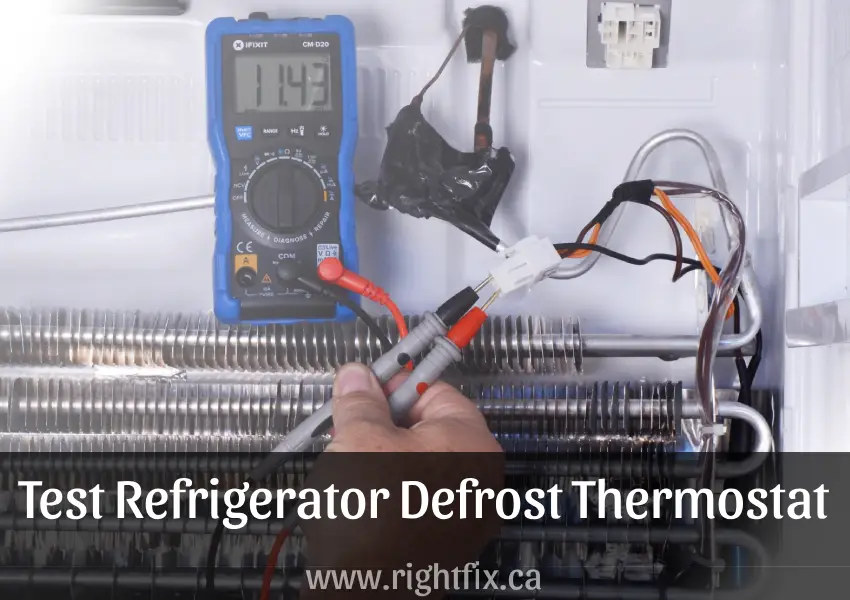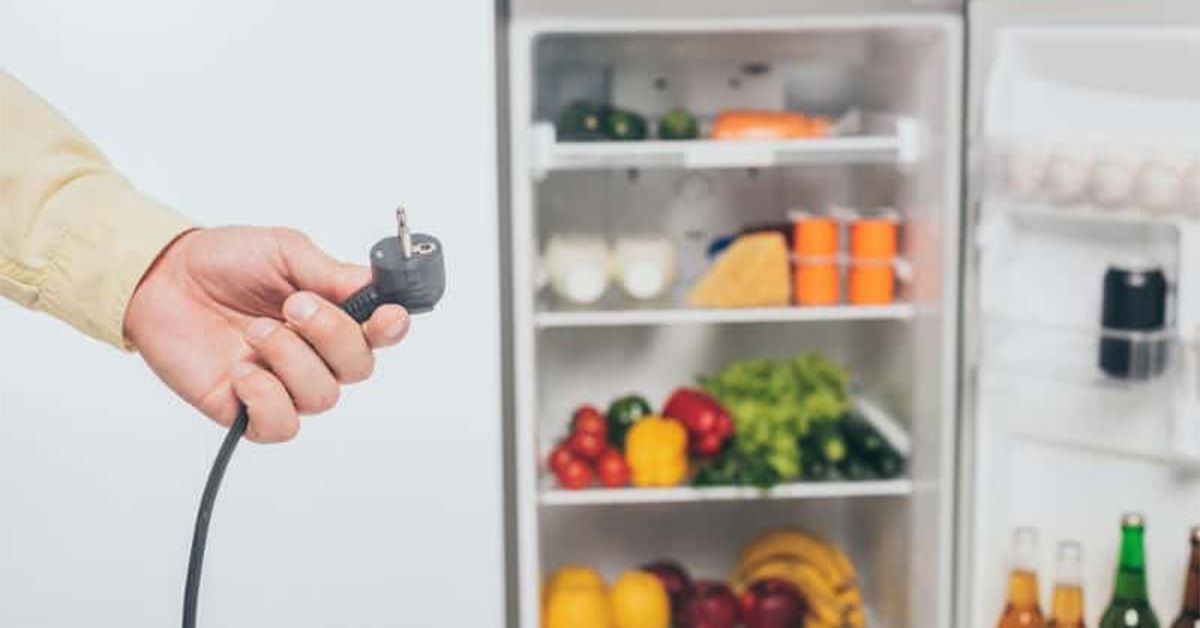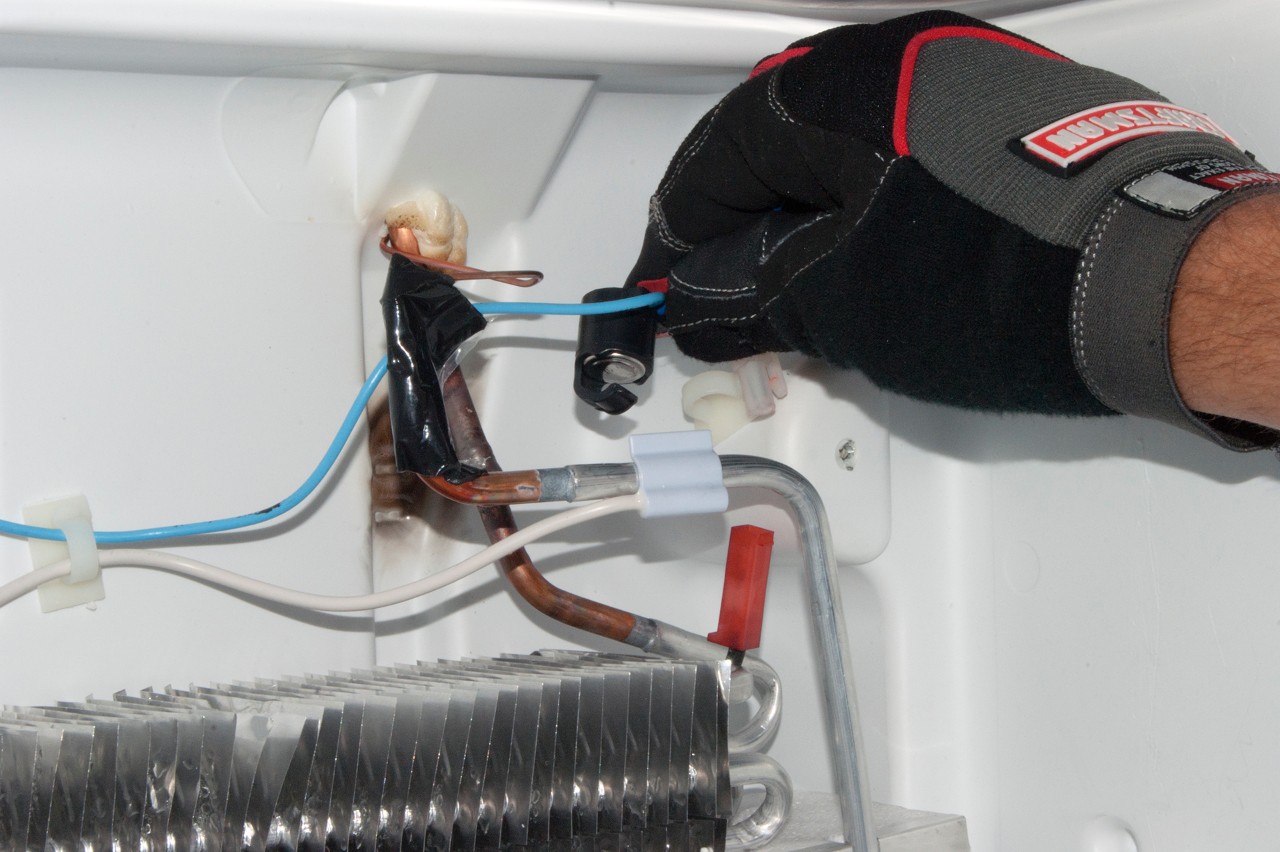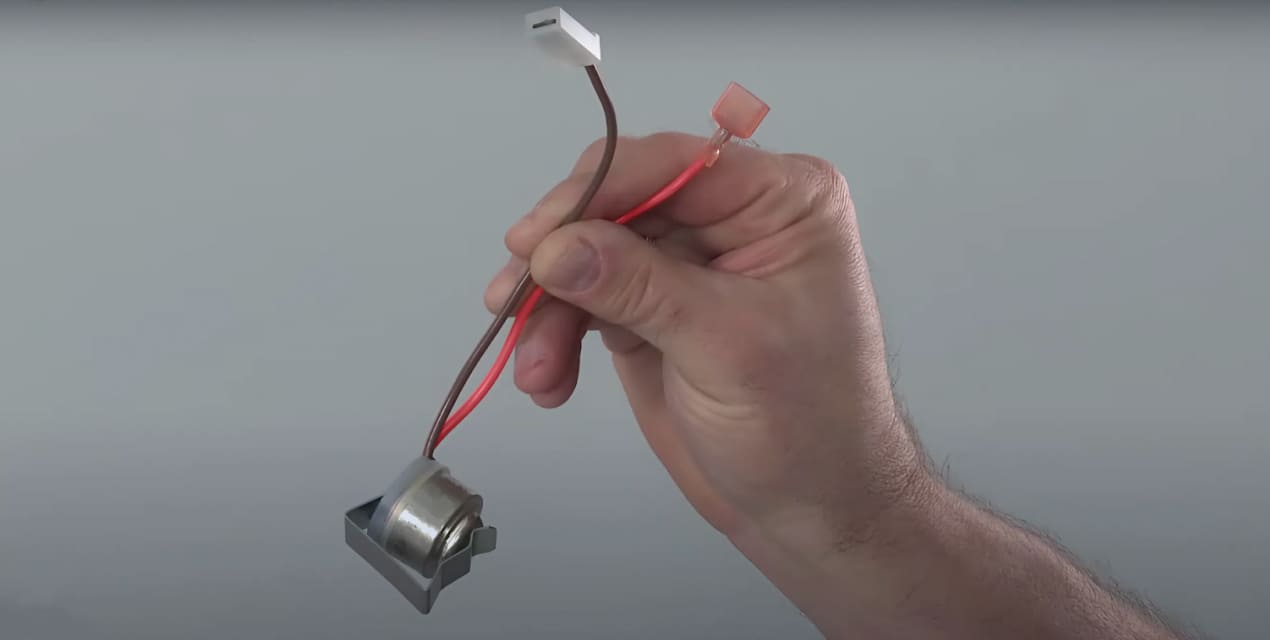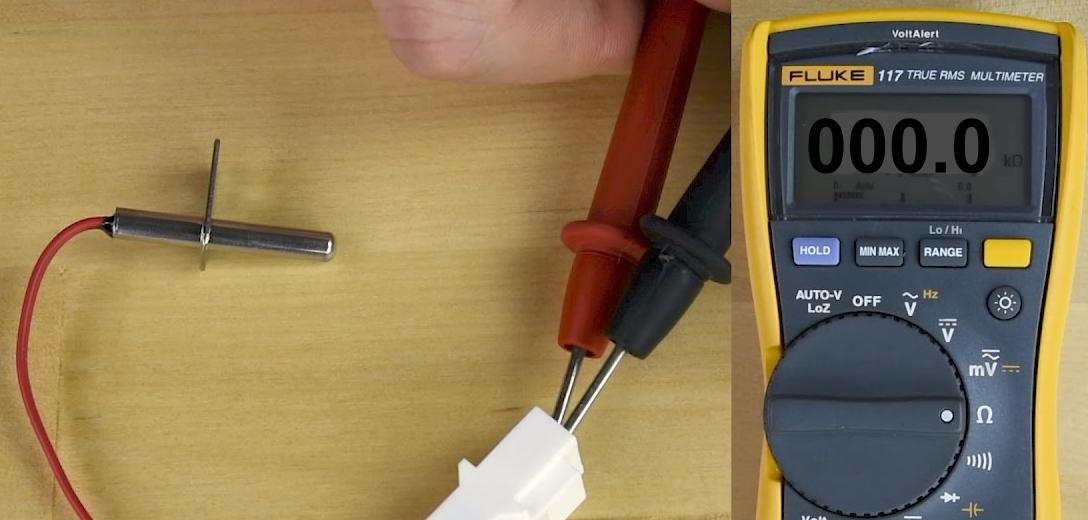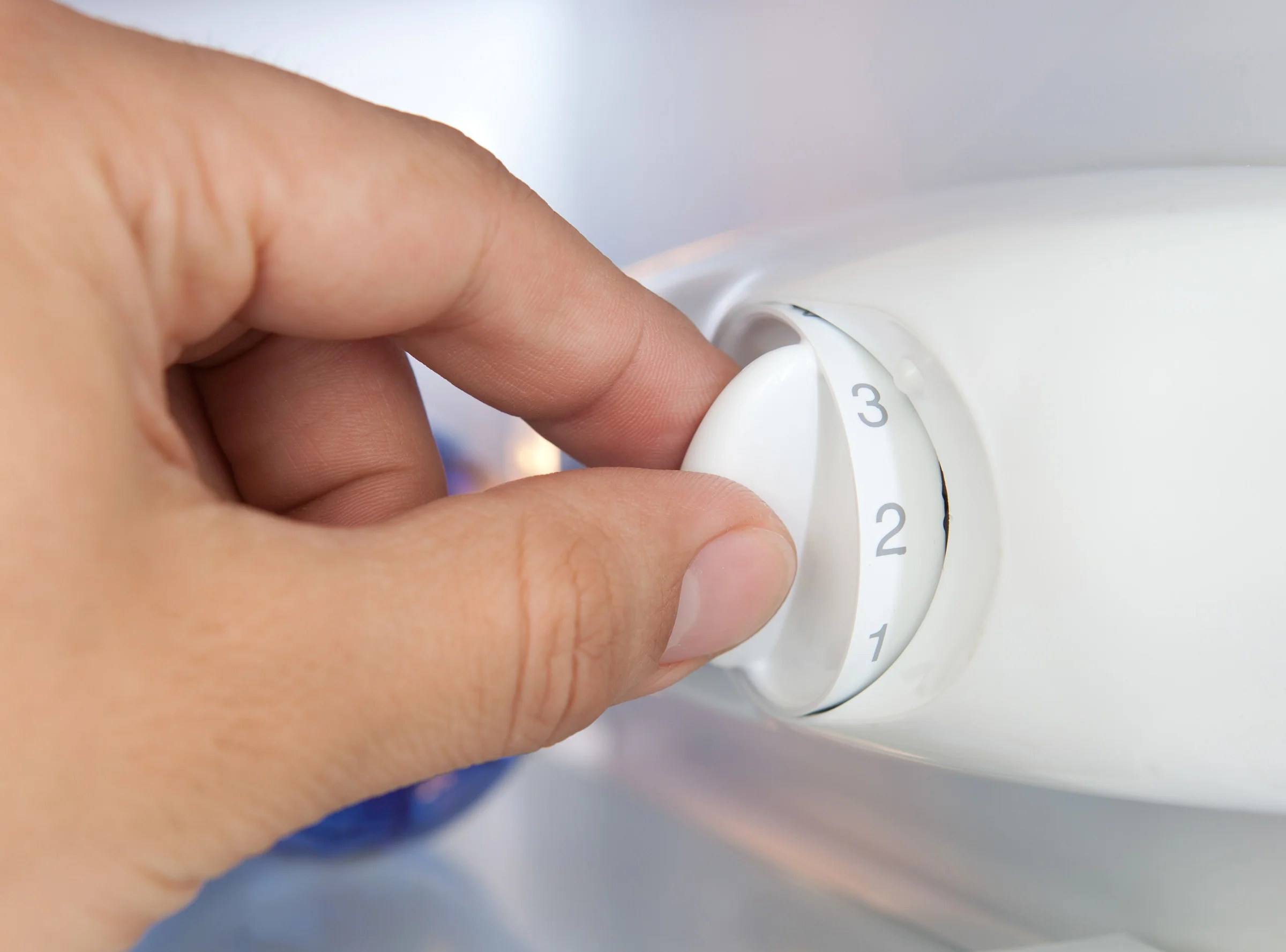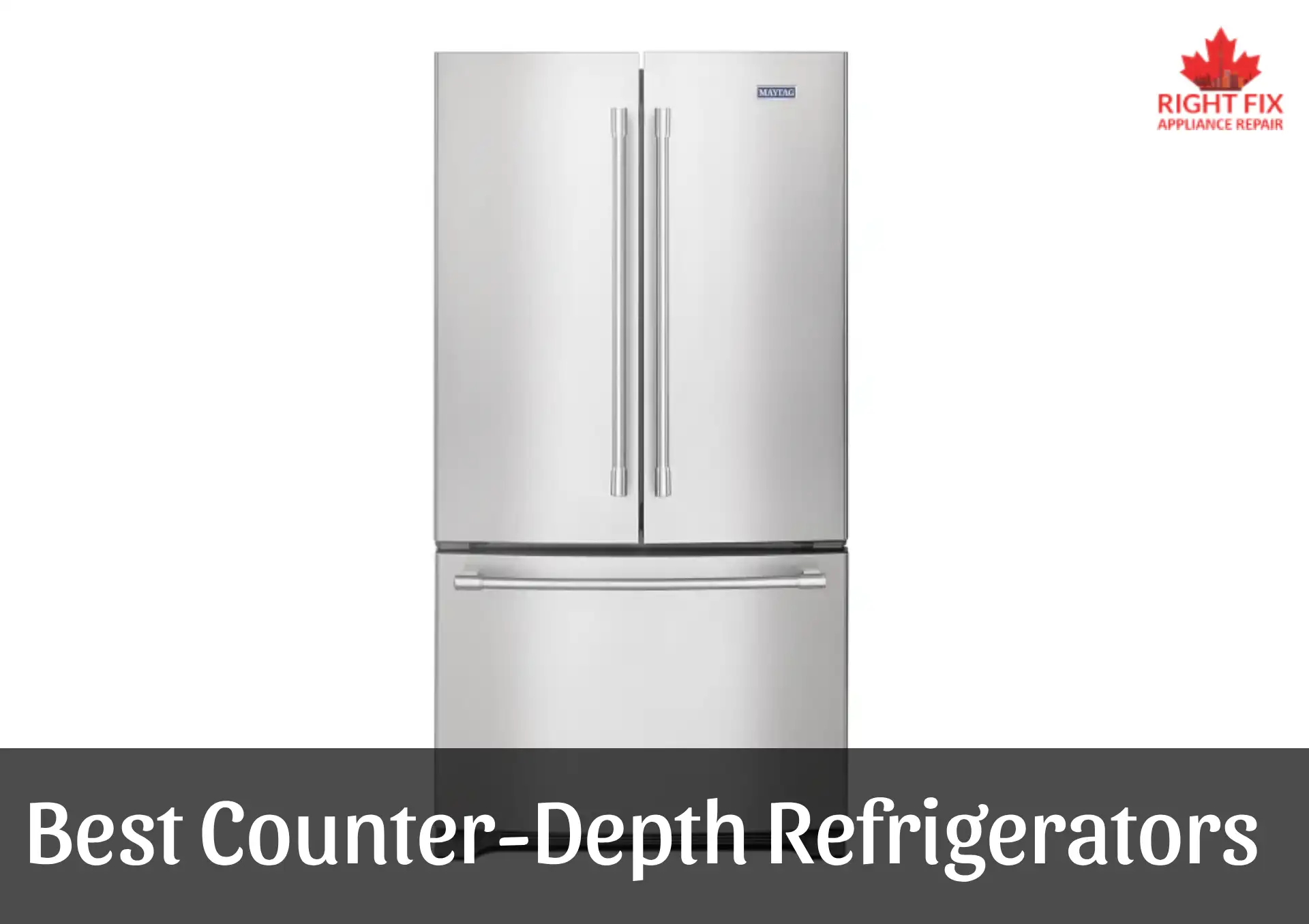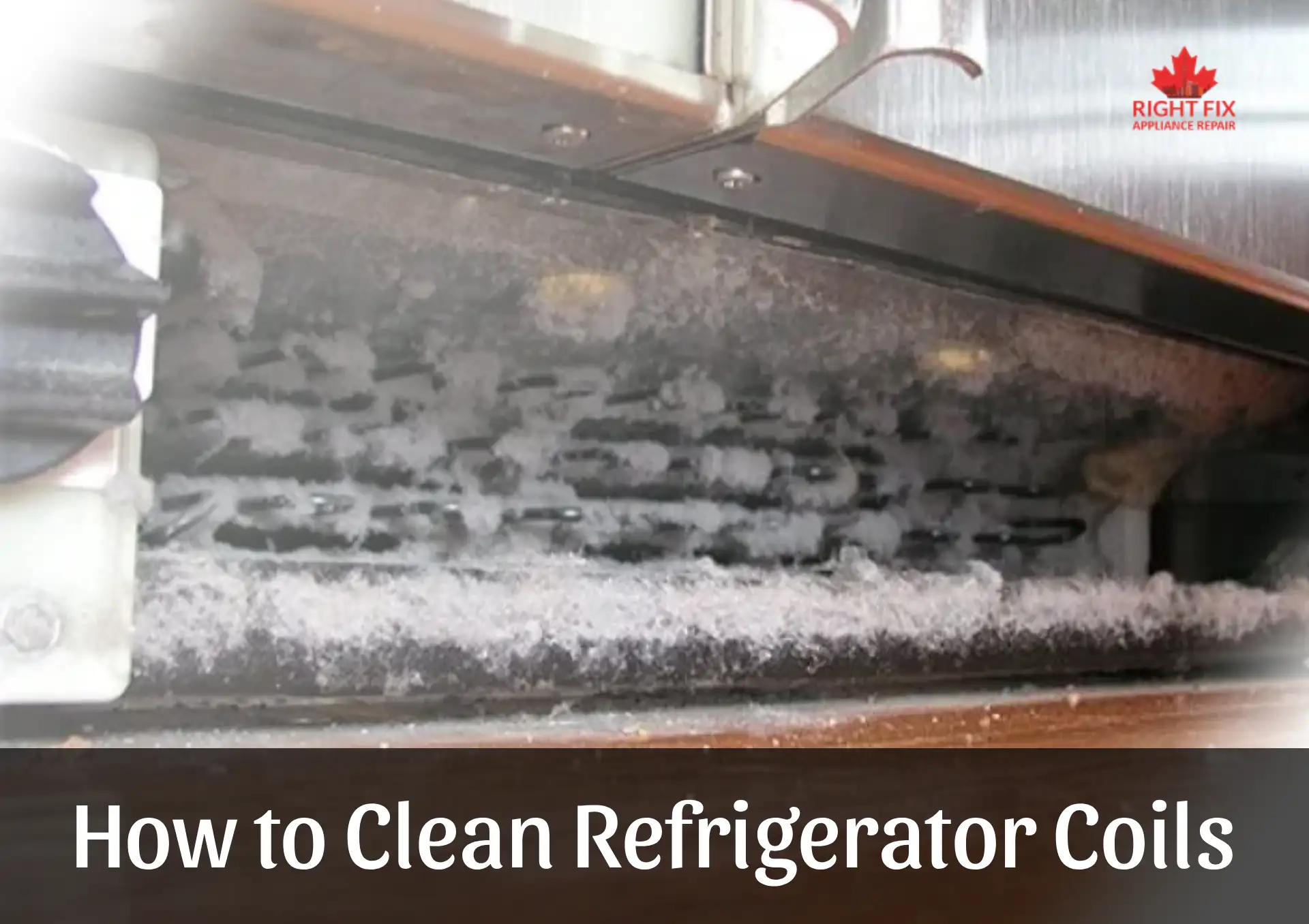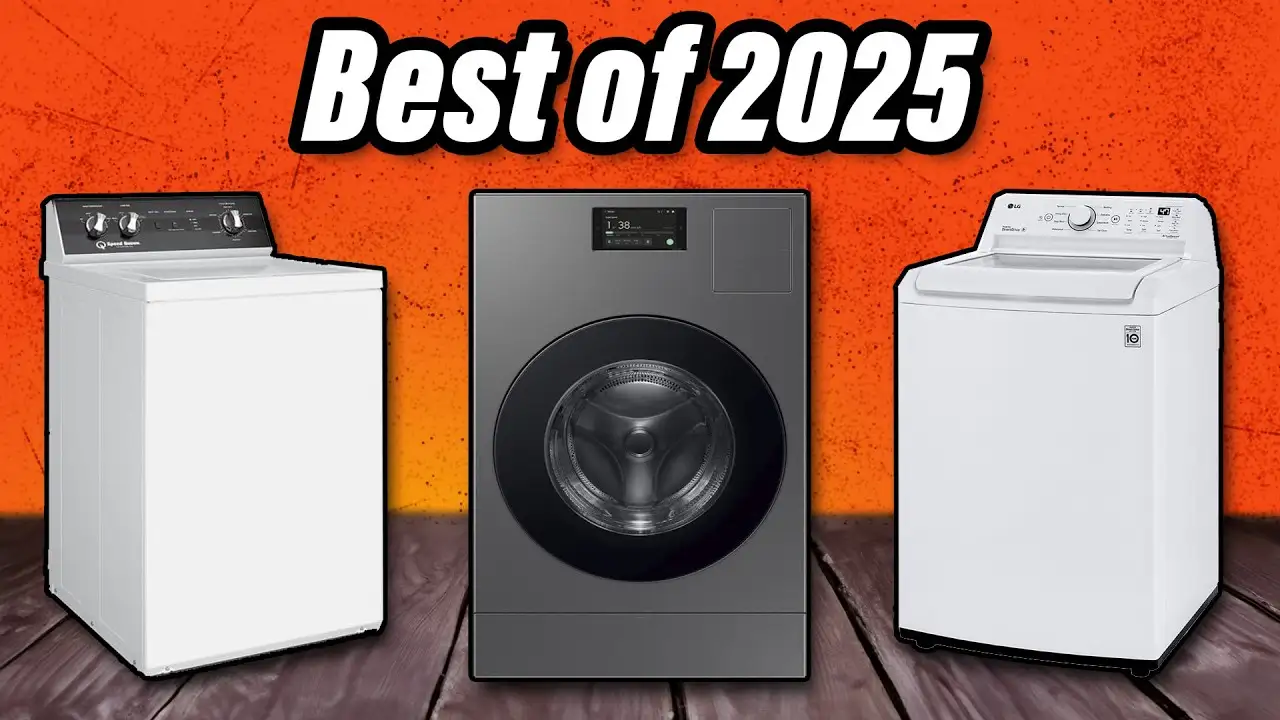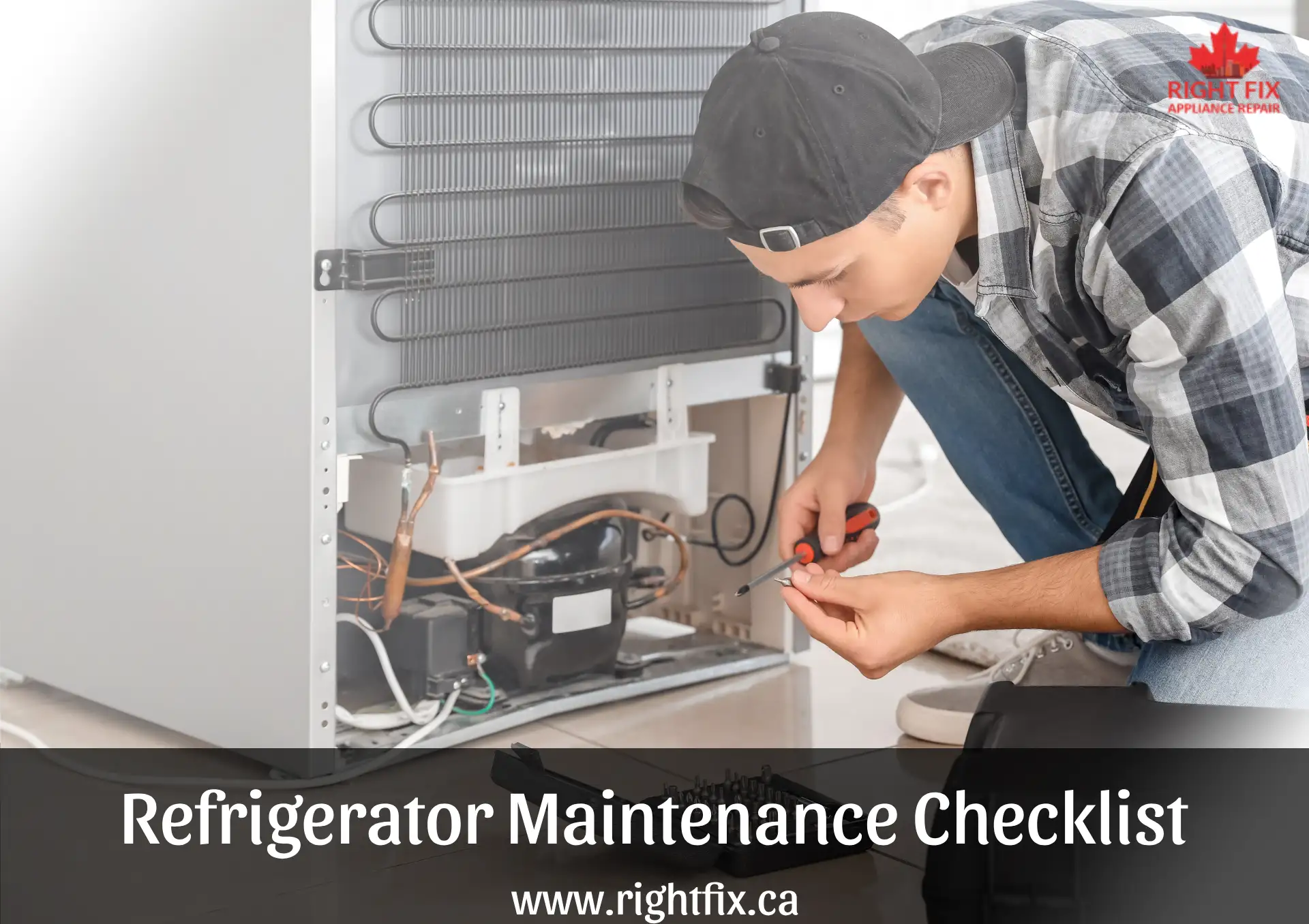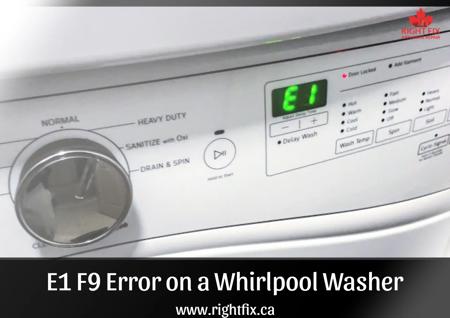How To Test Refrigerator Defrost Thermostat
A refrigerator's defrost thermostat plays a critical role in preventing the buildup of frost and ice in the freezer section. When it malfunctions, your fridge may experience issues like excessive frost, temperature fluctuations, or even failure to cool properly. Testing the defrost thermostat can help you identify if it needs replacement or if the problem lies elsewhere.
What is a Defrost Thermostat?
The defrost thermostat is an essential component of your refrigerator's defrost system. It monitors the temperature of the evaporator coil and signals the defrost heater to activate when the coils get too cold. When the temperature rises to a set point, the thermostat will shut off the heater.
Key Functions:
- Monitors temperature around the evaporator coil.
- Turns off the defrost heater when the coils reach the correct temperature.
- Prevents frost build-up in the freezer section.
Signs of a Faulty Defrost Thermostat
Before testing the defrost thermostat, look out for these common signs of malfunction:
- Excessive frost: The freezer compartment builds up excessive ice.
- Temperature inconsistencies: The refrigerator or freezer is too warm or too cold.
- Longer defrost cycles: The defrost cycle lasts longer than usual.
- Strange noises: The defrost heater may continuously operate, producing odd noises.
Tools You’ll Need to Test the Defrost Thermostat
Before you begin, gather the necessary tools for testing the thermostat:
- Multimeter: For checking the electrical continuity.
- Screwdriver: To remove the refrigerator panels.
- Wrench or pliers: To disconnect wires if necessary.
- Thermometer (optional): For verifying the temperature at the evaporator coils.
Step-by-Step Guide to Testing the Defrost Thermostat
Follow these steps to test the defrost thermostat in your refrigerator:
1. Unplug the Refrigerator
Always start by disconnecting the refrigerator from the power supply to avoid electrical hazards.
2. Locate the Defrost Thermostat
Depending on your refrigerator model, the defrost thermostat is typically located near the evaporator coil in the freezer compartment. You may need to remove some interior panels to access it.
3. Inspect for Visible Damage
- Check the defrost thermostat for any visible signs of wear, burn marks, or corrosion.
- Ensure that the thermostat is not physically damaged.
4. Test Continuity with a Multimeter
- Set your multimeter to the lowest setting for continuity testing.
- Disconnect the wires connected to the defrost thermostat.
- Place the multimeter probes on the terminals of the thermostat.
- If the thermostat is good and the temperature is below the preset threshold, the multimeter should beep (indicating continuity). If it does not beep, the thermostat is faulty.
5. Test the Thermostat at Different Temperatures
- Place the defrost thermostat in a cold environment (e.g., place it in the freezer for a few minutes).
- After a few minutes, test it again with the multimeter.
- If the thermostat doesn’t show continuity at lower temperatures (and you’re sure it’s cold enough), it likely needs replacement.
6. Check for Proper Function
- If the thermostat shows continuity at a low temperature and breaks continuity as the temperature rises, it’s working correctly.
- If it fails to break continuity, it’s defective and needs to be replaced.
Conclusion
Testing and replacing a faulty defrost thermostat can restore your refrigerator’s efficiency and prevent frost buildup. With the right tools and a bit of patience, you can ensure that your fridge functions properly and continues to provide optimal cooling. If you're not comfortable performing this test or repair, it's always a good idea to consult with a professional technician.
Location we Service
- Ajax
- Alliston
- Aurora
- Bolton
- Bradford
- Brampton
- Brantford
- Burlington
- Caledon
- Cambridge
- Concord
- East York
- Etobicoke
- Georgetown
- GTA
- Guelph
- Halton Hills
- Hamilton
- Innisfil
- Keswick
- King City
- Kitchener
- Kleinburg
- Maple
- Markham
- Milton
- Mississauga
- New Tecumseth
- Newmarket
- North York
- Oakville
- Orangeville
- Oshawa
- Pickering
- Richmond Hill
- Scarborough
- Schomberg
- Stouffville
- Thornhill
- Toronto
- Unionville
- Uxbridge
- Vaughan
- Waterloo
- Whitby
- Woodbridge

